Your cart is currently empty!
Tag: Advancements
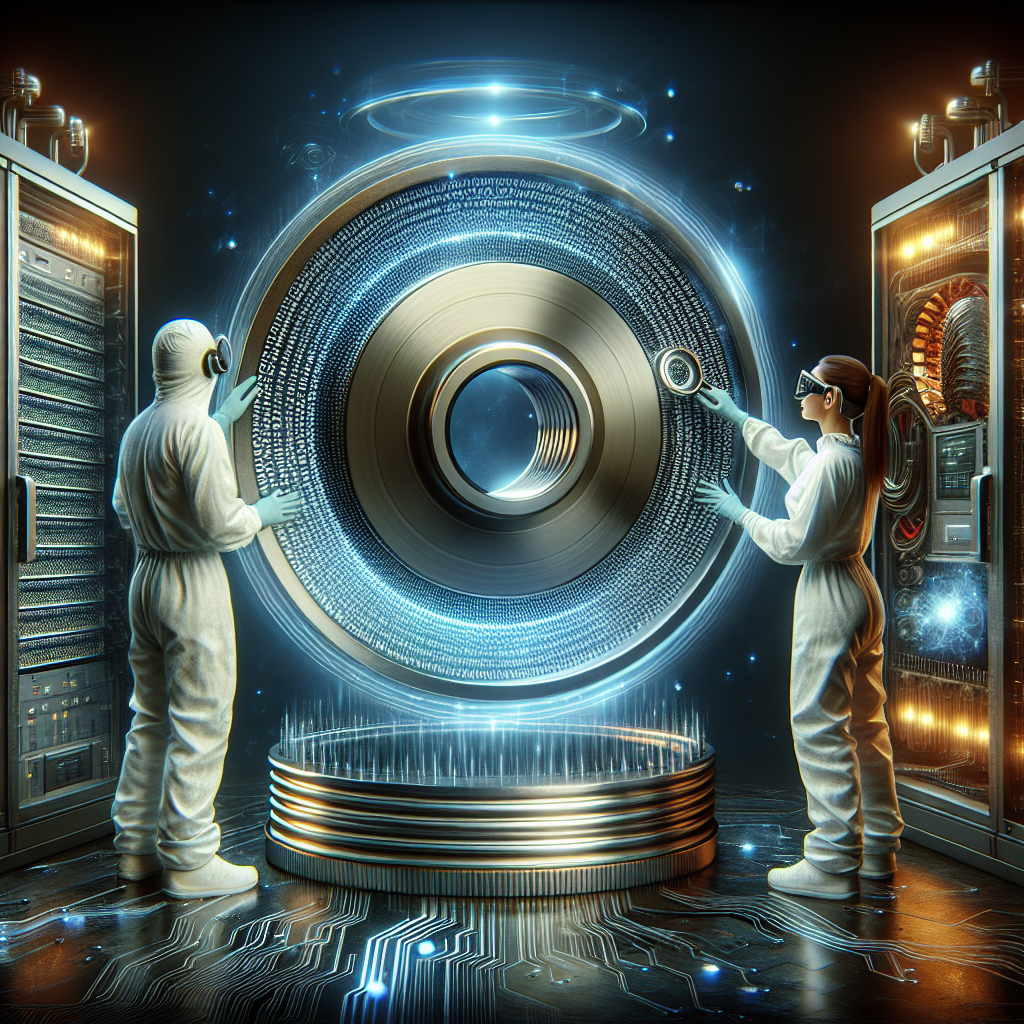
The Future of Magnetic Storage: Innovations and Advancements
Magnetic storage has been a cornerstone of data storage for decades, with hard disk drives (HDDs) and magnetic tapes being the most common forms of storage in use today. However, as technology continues to advance at a rapid pace, the future of magnetic storage is constantly evolving with new innovations and advancements.One of the key innovations in magnetic storage technology is the development of heat-assisted magnetic recording (HAMR). HAMR is a new recording technology that uses a laser to heat the magnetic material on a disk to make it easier to write data to the disk. This allows for higher storage density and increased capacity on HDDs, making them more efficient and cost-effective for storing large amounts of data.
Another promising advancement in magnetic storage is the use of shingled magnetic recording (SMR). SMR is a technique that overlaps the tracks on a disk to increase storage density, allowing for more data to be stored in the same physical space. This can lead to significant cost savings and improved performance for data storage solutions.
In addition to these innovations, researchers are also exploring the potential of using magnetic storage for new applications beyond traditional data storage. For example, magnetic storage could be used in the development of new types of sensors and memory devices that could revolutionize the way we interact with technology.
As technology continues to advance, the future of magnetic storage looks bright with a plethora of innovations and advancements on the horizon. From HAMR and SMR to new applications in sensors and memory devices, magnetic storage is poised to play a crucial role in the future of data storage and technology. With continued research and development, magnetic storage will continue to evolve and adapt to meet the growing demands of the digital age.
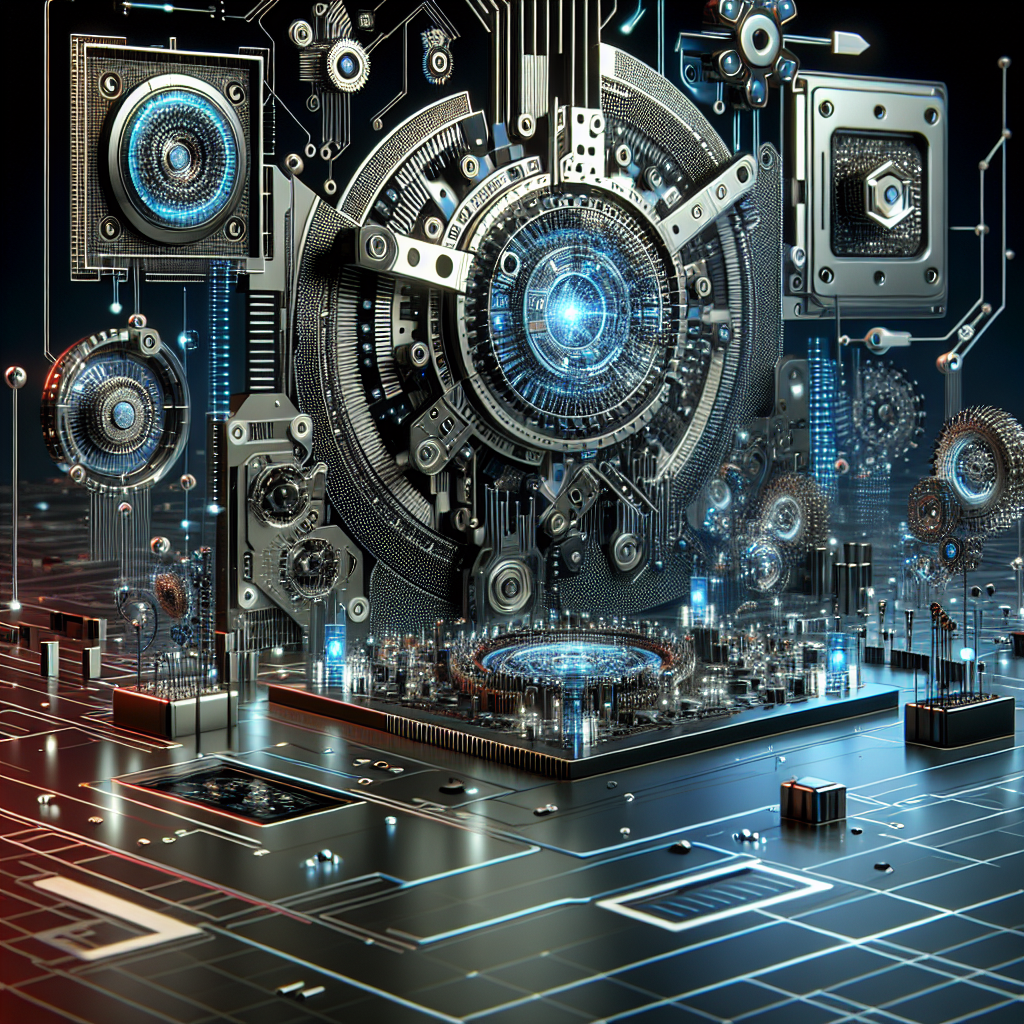
Advancements in Read-Write Head Technology: What to Expect in the Future
As technology continues to advance at a rapid pace, one area that has seen significant improvements is read-write head technology. This technology is crucial in the storage and retrieval of data on hard drives, and advancements in this field have led to increased storage capacities, faster data transfer speeds, and improved reliability.One of the most exciting developments in read-write head technology is the move towards using heat-assisted magnetic recording (HAMR). HAMR technology uses a laser to heat the magnetic material on the hard drive, allowing data to be written to smaller areas on the disk. This enables higher storage capacities and faster data transfer speeds, making it an ideal solution for handling the increasing amount of data being generated and stored by individuals and businesses.
Another promising advancement in read-write head technology is the development of spin torque oscillators (STOs). STOs use a small electrical current to control the magnetic field of the read-write head, allowing for more precise positioning and improved data writing and reading capabilities. This technology has the potential to significantly increase the reliability and performance of hard drives, making them more durable and efficient.
In addition to HAMR and STO technologies, researchers are also exploring other innovative approaches to improving read-write head technology. For example, some are investigating the use of materials such as graphene and carbon nanotubes to create more efficient and reliable read-write heads. Others are exploring the use of new data encoding techniques to increase data density and reduce error rates.
In the future, we can expect to see even more advancements in read-write head technology that will further improve the performance and capabilities of hard drives. These advancements will likely lead to even higher storage capacities, faster data transfer speeds, and greater reliability. As data continues to play a critical role in our lives, these advancements will be crucial in ensuring that our storage devices can keep up with our ever-growing data needs.
Overall, the future of read-write head technology looks bright, with exciting developments on the horizon that promise to revolutionize the way we store and access data. With continued research and innovation in this field, we can expect to see even more impressive advancements in the coming years that will further enhance the capabilities of our storage devices.
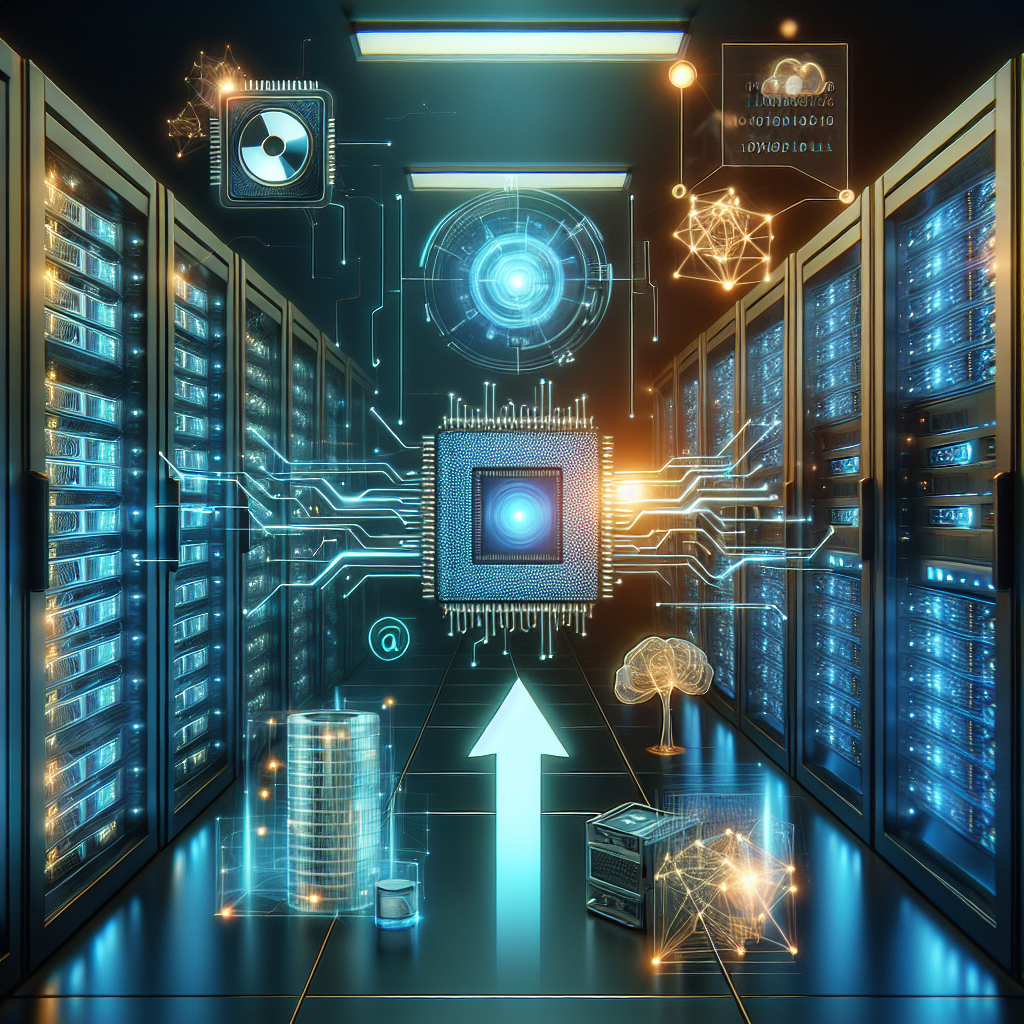
The Future of Data Storage: Innovations and Advancements
In today’s digital age, data storage has become an essential aspect of our daily lives. From saving important documents to storing precious memories, data storage plays a crucial role in ensuring that our information is safe and easily accessible. As technology continues to advance at a rapid pace, the future of data storage is poised for exciting innovations and advancements that will revolutionize how we store and access our data.One of the most significant trends in data storage is the shift towards cloud storage. Cloud storage allows users to store their data on remote servers accessed via the internet, eliminating the need for physical storage devices. This not only provides greater flexibility and accessibility but also ensures that data is securely backed up and protected from hardware failures.
Another key innovation in data storage is the development of solid-state drives (SSDs). Unlike traditional hard disk drives (HDDs), SSDs use flash memory to store data, resulting in faster read and write speeds and improved reliability. As SSD technology continues to evolve, we can expect to see larger storage capacities, lower costs, and increased performance, making them a popular choice for consumers and businesses alike.
In addition to cloud storage and SSDs, other advancements in data storage include the use of holographic storage, which uses light to store and retrieve data, and DNA storage, which uses synthetic DNA molecules to store vast amounts of data in a tiny space. These cutting-edge technologies have the potential to revolutionize data storage by increasing capacity, reducing energy consumption, and improving data retrieval speeds.
As we look towards the future of data storage, it is clear that innovation and advancements will continue to shape the way we store and access information. From cloud storage to SSDs and beyond, the possibilities are endless. With the constant evolution of technology, we can expect to see even more exciting developments in data storage that will make our lives easier and more efficient. The future of data storage is bright, and we can’t wait to see what comes next.
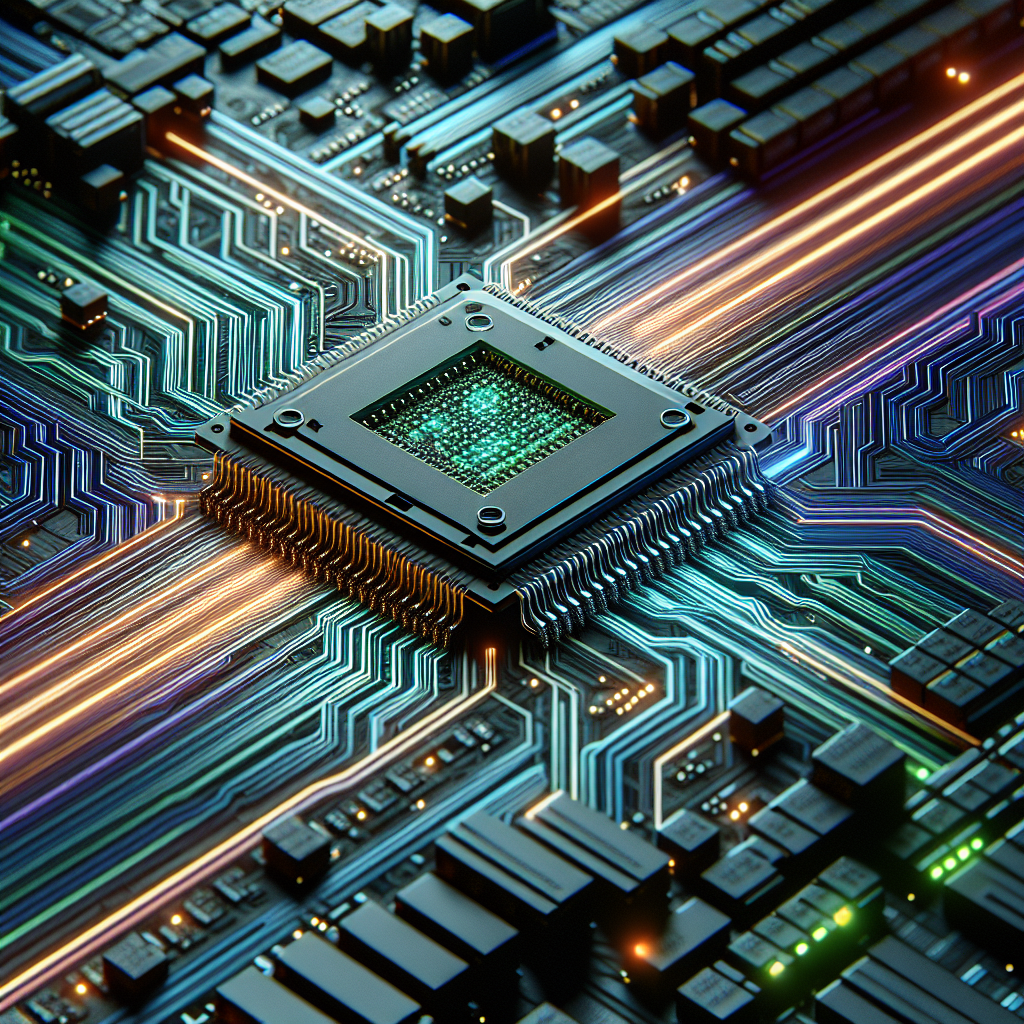
Understanding the Advancements of 32DDR5 Memory in Modern Computing
In the world of modern computing, memory plays a crucial role in the performance of a system. With the constant demand for faster and more efficient processing, advancements in memory technology are always at the forefront of innovation. One such advancement that has been making waves in recent years is the introduction of 32DDR5 memory.DDR5, which stands for Double Data Rate 5, is the latest generation of dynamic random-access memory (DRAM) technology. It offers significant improvements over its predecessor, DDR4, in terms of speed, capacity, and power efficiency. With the introduction of 32DDR5 memory, these improvements are taken to the next level, pushing the boundaries of what is possible in modern computing.
One of the key advancements of 32DDR5 memory is its increased speed. With a data transfer rate of up to 6400 MT/s, 32DDR5 memory offers a significant boost in performance compared to DDR4, which typically has a data transfer rate of around 3200 MT/s. This increased speed allows for faster data access and processing, resulting in improved overall system performance.
In addition to speed, 32DDR5 memory also offers higher capacity options. With support for larger memory modules, users can now take advantage of up to 128GB of memory per module, allowing for greater multitasking capabilities and improved performance in memory-intensive applications.
Furthermore, 32DDR5 memory is also more power-efficient than its predecessors. With lower operating voltages and improved power management features, 32DDR5 memory consumes less power while still delivering high performance. This is important for mobile devices and laptops, where battery life is a critical factor in determining overall usability.
Overall, the advancements of 32DDR5 memory in modern computing represent a significant step forward in memory technology. With faster speeds, higher capacities, and improved power efficiency, 32DDR5 memory is poised to revolutionize the way we use and interact with computers. As technology continues to evolve, we can expect even more exciting developments in memory technology that will further enhance the performance and capabilities of our computing systems.
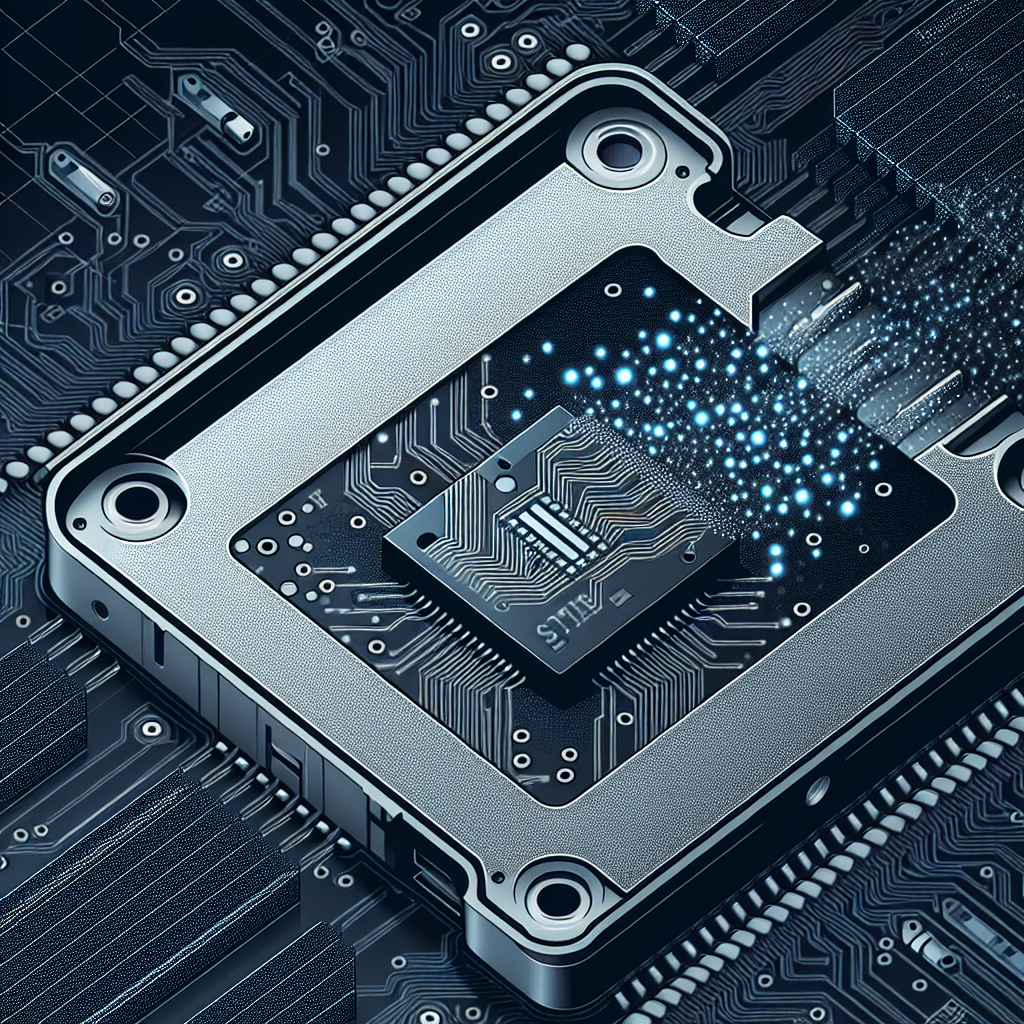
Exploring the Advancements in NAND Flash Technology
NAND flash technology has come a long way since its inception, with advancements being made consistently to improve its performance, capacity, and reliability. NAND flash memory is commonly used in a variety of electronic devices, such as smartphones, tablets, and solid-state drives (SSDs), due to its fast read and write speeds, low power consumption, and high density.One of the key advancements in NAND flash technology is the development of 3D NAND, which allows for higher storage capacities in a smaller form factor. Traditional NAND flash memory is 2D, meaning that the memory cells are stacked on a single plane. With 3D NAND, memory cells are stacked vertically, allowing for more storage capacity in the same amount of space. This has enabled manufacturers to create SSDs with capacities ranging from 1TB to 4TB, making them ideal for storing large amounts of data.
Another significant advancement in NAND flash technology is the development of multi-level cell (MLC) and triple-level cell (TLC) NAND flash memory. MLC NAND flash stores two bits of data per cell, while TLC NAND flash stores three bits per cell. This allows for higher storage densities and lower costs per gigabyte compared to single-level cell (SLC) NAND flash memory. However, MLC and TLC NAND flash have lower endurance and slower write speeds compared to SLC NAND flash, making them more suitable for consumer applications rather than enterprise use.
In addition to 3D NAND and MLC/TLC NAND flash memory, manufacturers have also made advancements in improving the performance and reliability of NAND flash technology. One such advancement is the implementation of error correction codes (ECC) and wear leveling algorithms, which help to ensure data integrity and extend the lifespan of NAND flash memory. ECC helps to detect and correct errors that may occur during read and write operations, while wear leveling algorithms distribute data evenly across the memory cells to prevent certain cells from wearing out faster than others.
Overall, the advancements in NAND flash technology have made it an essential component in modern electronic devices, providing fast and reliable storage solutions for consumers and businesses alike. With ongoing research and development in the field, we can expect to see even more improvements in NAND flash technology in the years to come, further enhancing its performance, capacity, and reliability.
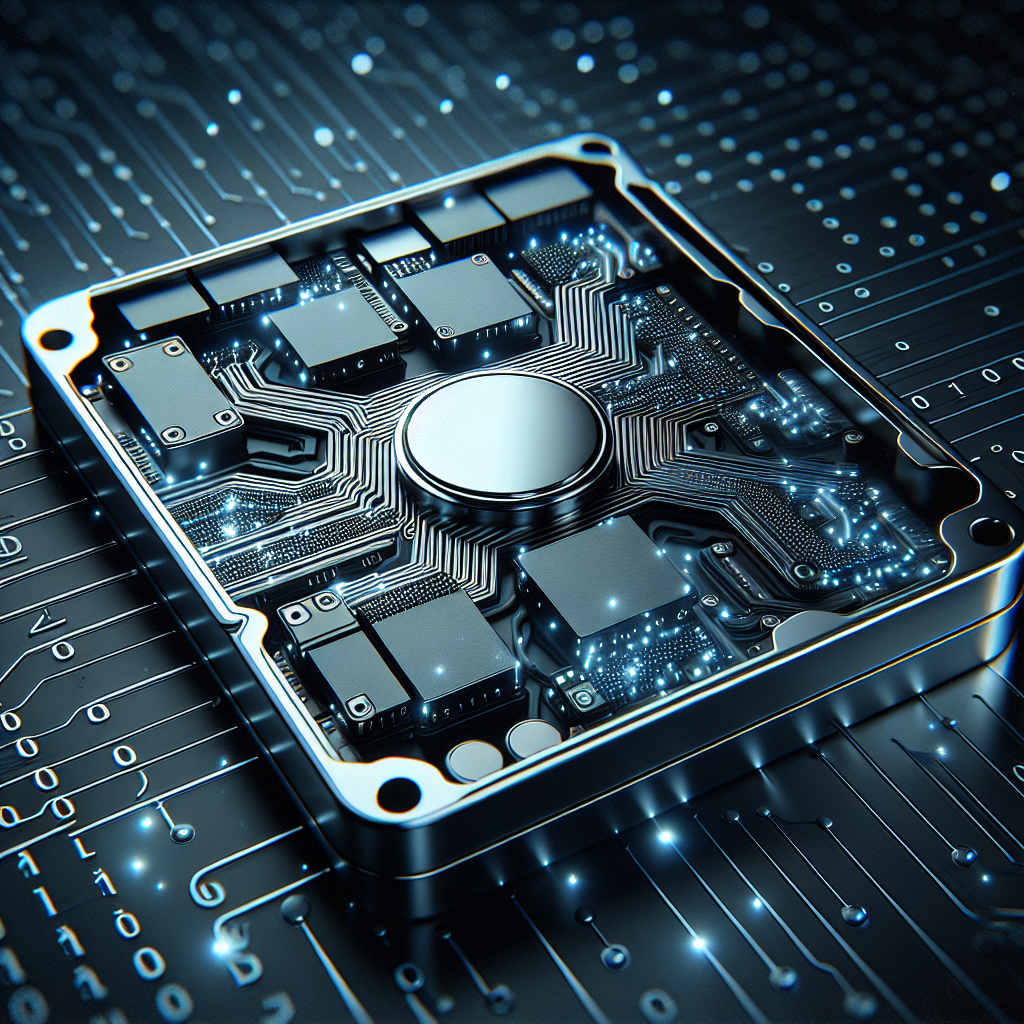
The Future of Storage: Exploring the Advancements in SSD Technology
In recent years, there has been a significant shift in the way we store data. Traditional hard disk drives (HDDs) are being slowly replaced by solid-state drives (SSDs), which offer faster performance, increased reliability, and improved energy efficiency. As technology continues to advance, the future of storage is looking brighter than ever.One of the key advancements in SSD technology is the development of 3D NAND flash memory. This technology allows for more storage capacity in a smaller form factor, making SSDs even more compact and efficient. With 3D NAND, SSDs can store larger amounts of data without sacrificing speed or performance.
Another exciting development in SSD technology is the use of Non-Volatile Memory Express (NVMe) interfaces. NVMe allows for faster data transfer speeds and lower latency, making SSDs even more responsive and efficient. This means that tasks such as booting up your computer or opening large files will be completed in a fraction of the time compared to traditional HDDs.
Furthermore, SSDs are becoming more affordable, making them a viable option for consumers and businesses alike. As the cost of SSDs continues to decrease, more people are making the switch from HDDs to SSDs for their storage needs. This trend is expected to continue in the coming years, with SSDs becoming the norm for storage solutions.
In addition to their performance benefits, SSDs are also more durable and reliable than HDDs. Because SSDs have no moving parts, they are less prone to mechanical failure and are better equipped to withstand shocks and vibrations. This increased durability means that SSDs have a longer lifespan and require less maintenance, saving users time and money in the long run.
Overall, the future of storage is bright with the advancements in SSD technology. As SSDs continue to become faster, more affordable, and more reliable, they are quickly becoming the preferred choice for storage solutions. Whether you are a casual user looking to speed up your computer or a business in need of reliable data storage, SSDs offer a range of benefits that make them a worthwhile investment.
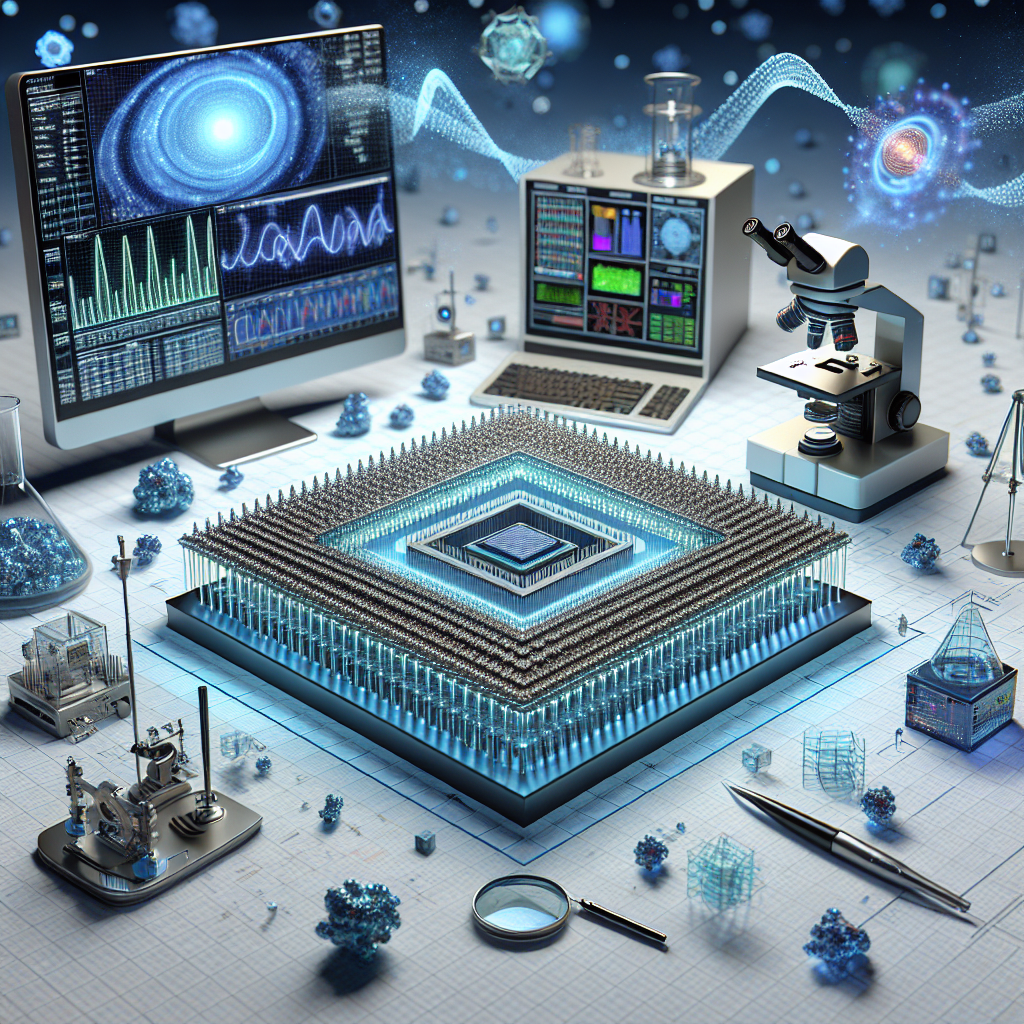
Advancements in Semiconductor Manufacturing Techniques
Semiconductors are the backbone of modern technology, powering everything from smartphones to laptops to self-driving cars. As the demand for smaller, faster, and more efficient devices continues to grow, semiconductor manufacturers are constantly pushing the boundaries of what is possible in terms of manufacturing techniques.One of the most significant advancements in semiconductor manufacturing techniques is the move towards smaller and more powerful transistors. Transistors are the building blocks of semiconductors, and as they become smaller, more of them can be packed onto a single chip, increasing the processing power of the device. This trend towards miniaturization has been driven by the development of new materials and processes that allow transistors to be made smaller and more efficient than ever before.
One key technology that has enabled this miniaturization is extreme ultraviolet (EUV) lithography. EUV lithography uses ultraviolet light with a wavelength of just 13.5 nanometers to create extremely small and precise patterns on semiconductor wafers. This technology allows manufacturers to create transistors that are just a few nanometers in size, making it possible to pack billions of transistors onto a single chip.
Another important advancement in semiconductor manufacturing techniques is the development of new materials for use in semiconductor devices. Traditional silicon-based transistors are reaching their physical limits in terms of speed and efficiency, so researchers are exploring new materials such as gallium nitride and silicon carbide that offer better performance and power efficiency. These new materials are being integrated into semiconductor devices to improve performance and reduce power consumption.
In addition to new materials, manufacturers are also exploring new processes for manufacturing semiconductors. For example, 3D stacking technology allows multiple layers of transistors to be stacked on top of each other, increasing the density and performance of the device. This technique is particularly useful for memory devices, where increasing the number of layers can dramatically increase storage capacity.
Overall, the advancements in semiconductor manufacturing techniques are driving innovation in a wide range of industries, from consumer electronics to automotive to healthcare. As manufacturers continue to push the boundaries of what is possible, we can expect to see even more powerful and efficient devices in the future. The future of technology is bright, thanks to the tireless efforts of semiconductor manufacturers to push the limits of what is possible.

The Intersection of Machine Learning and Robotics: Advancements in Automation
Machine learning and robotics have long been intertwined, with advancements in one field often driving progress in the other. As technology continues to evolve, the intersection of these two disciplines is playing a crucial role in the development of automation systems that are revolutionizing industries across the board.One of the key areas where machine learning and robotics are converging is in the field of autonomous vehicles. Companies like Tesla, Google, and Uber are leveraging machine learning algorithms to train their self-driving cars to navigate complex road conditions and make split-second decisions in real-time. These autonomous vehicles are not only safer than human drivers, but they also have the potential to revolutionize transportation by reducing traffic congestion and emissions.
In manufacturing, robots are becoming increasingly intelligent and capable of performing a wide range of tasks with minimal human intervention. Machine learning algorithms are being used to optimize production processes, improve quality control, and predict equipment failures before they occur. This has led to increased efficiency, reduced downtime, and lower costs for manufacturers who are embracing automation.
Another area where machine learning and robotics are making a significant impact is in healthcare. Robots are being used to assist surgeons during complex procedures, deliver medication to patients, and even provide companionship to elderly individuals. Machine learning algorithms are being applied to analyze medical imaging data, predict disease outcomes, and personalize treatment plans for patients based on their individual genetic makeup.
In agriculture, robots are being used to automate tasks such as planting, watering, and harvesting crops. Machine learning algorithms are being applied to analyze soil conditions, monitor crop health, and optimize irrigation schedules to maximize yields. This has the potential to revolutionize food production and help address global challenges such as food insecurity and climate change.
Overall, the intersection of machine learning and robotics is driving advancements in automation that are transforming industries and improving the quality of life for people around the world. As technology continues to evolve, we can expect to see even more innovative applications of these technologies in the years to come. From self-driving cars to robotic surgery, the future of automation is bright and full of possibilities.
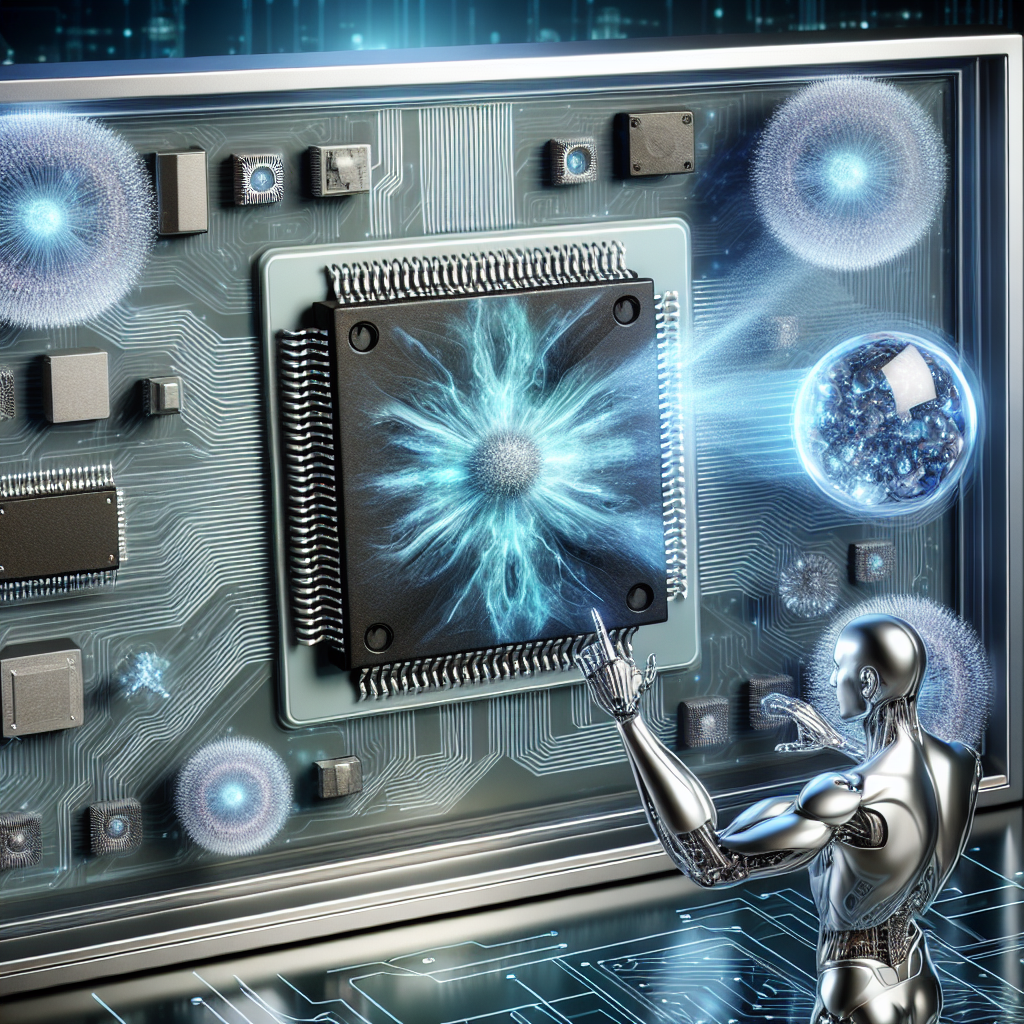
The Future of Non-Volatile Memory: Advancements and Applications
Non-volatile memory, also known as NVM, is a type of computer memory that retains stored data even when the power is turned off. This is in contrast to volatile memory, such as RAM, which loses its data when the power is cut. Non-volatile memory has become an essential component in modern computing devices, from smartphones and laptops to data centers and IoT devices.As technology continues to advance at a rapid pace, the future of non-volatile memory is looking brighter than ever. Researchers and engineers are constantly pushing the boundaries of what is possible with NVM, leading to exciting advancements and applications in the field.
One of the key advancements in non-volatile memory technology is the development of new materials and structures that allow for faster read and write speeds, higher storage capacities, and increased durability. For example, phase-change memory (PCM) and resistive random-access memory (RRAM) are two types of NVM that are gaining traction for their ability to store data more efficiently and reliably than traditional flash memory.
Another exciting development in the field of non-volatile memory is the integration of NVM with other emerging technologies, such as artificial intelligence (AI) and quantum computing. By combining NVM with AI algorithms, researchers are able to create more intelligent and efficient computing systems that can learn and adapt to new information in real-time. Similarly, the use of NVM in quantum computing can help to overcome the limitations of traditional memory systems and enable faster and more powerful quantum processors.
In terms of applications, the future of non-volatile memory is vast and varied. In the consumer electronics market, NVM is being used to create faster and more energy-efficient devices, such as smartphones, laptops, and wearables. In the data center industry, NVM is revolutionizing the way that data is stored and accessed, leading to faster processing speeds and greater storage capacities.
In the automotive industry, NVM is being used to develop advanced driver-assistance systems (ADAS) and autonomous vehicles that rely on real-time data processing and storage. In the healthcare sector, NVM is being used to store and analyze patient data, leading to more personalized and effective treatments.
Overall, the future of non-volatile memory is bright and full of possibilities. With continued advancements in technology and research, NVM is set to play a crucial role in shaping the next generation of computing devices and applications. From faster and more efficient data storage to intelligent and adaptive computing systems, non-volatile memory is set to revolutionize the way we interact with technology in the years to come.
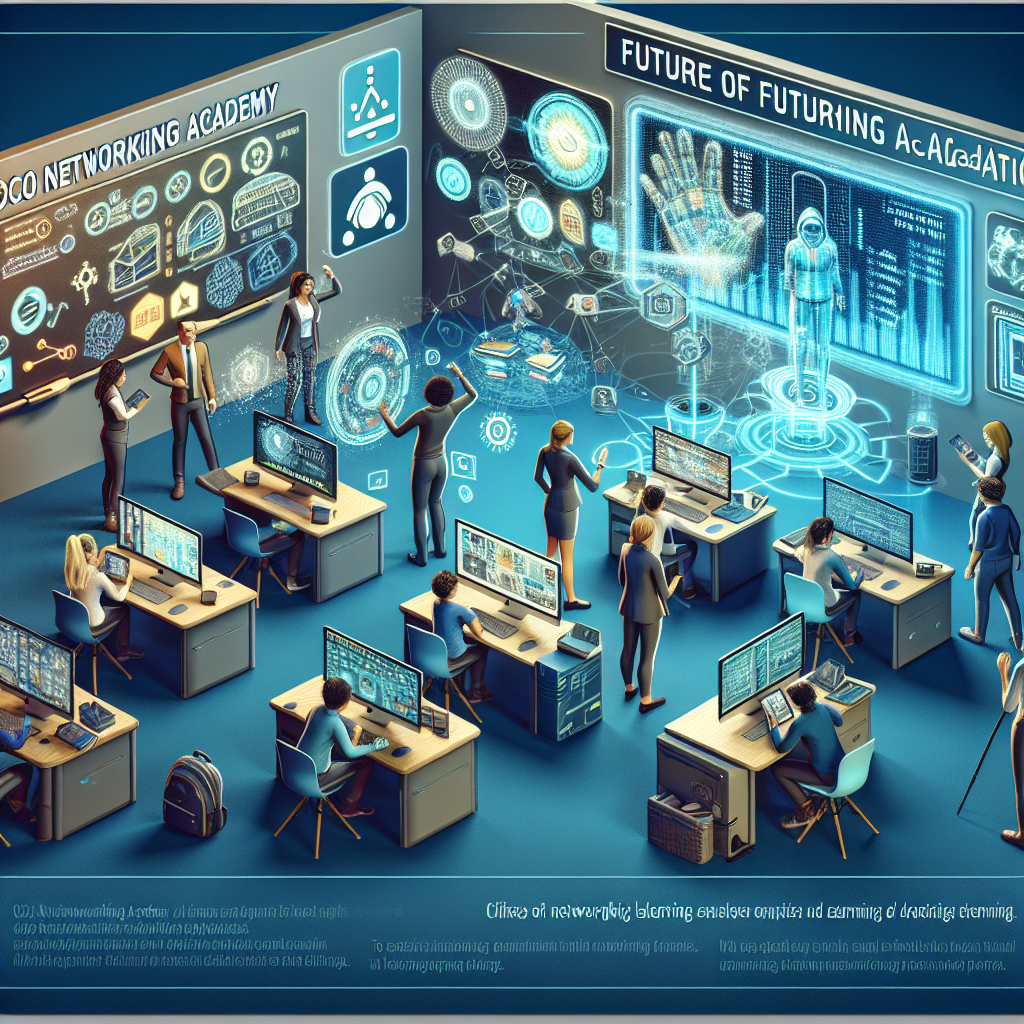
The Future of IT Education: Cisco Networking Academy’s Role in Industry Advancements
As technology continues to evolve at a rapid pace, the need for skilled IT professionals has never been greater. The demand for individuals with expertise in networking, cyber security, and cloud computing is on the rise, and organizations are looking for qualified candidates to fill these roles. In order to meet this demand, it is crucial for educational institutions to provide students with the necessary skills and knowledge to succeed in the ever-changing field of IT.One organization that is leading the way in IT education is Cisco Networking Academy. Established in 1997, the Cisco Networking Academy is a global education program that teaches students how to design, build, and maintain computer networks. The program offers courses in a wide range of topics, including networking fundamentals, routing and switching, cyber security, and Internet of Things (IoT) technologies.
One of the key benefits of the Cisco Networking Academy is that it provides students with hands-on experience through virtual labs and simulations. This allows students to apply their knowledge in real-world scenarios and gain valuable practical skills that are in high demand by employers. In addition, the program offers industry-recognized certifications, such as the Cisco Certified Network Associate (CCNA) and Cisco Certified Network Professional (CCNP), which can help students stand out in the job market.
As the field of IT continues to evolve, the Cisco Networking Academy is constantly updating its curriculum to reflect the latest industry trends and technologies. For example, the program recently introduced courses on cloud computing and software-defined networking, two areas that are expected to play a crucial role in the future of IT. By staying ahead of the curve, the Cisco Networking Academy ensures that its students are well-prepared for the challenges of tomorrow.
In addition to providing students with technical skills, the Cisco Networking Academy also emphasizes the importance of soft skills, such as communication, teamwork, and problem-solving. These skills are essential for success in the IT industry, where collaboration and adaptability are key to thriving in a fast-paced environment.
Overall, the Cisco Networking Academy plays a crucial role in preparing the next generation of IT professionals for the challenges and opportunities that lie ahead. By providing students with hands-on experience, industry-recognized certifications, and a well-rounded education, the program equips them with the tools they need to succeed in a competitive job market. As technology continues to advance, the Cisco Networking Academy will undoubtedly remain a valuable resource for individuals looking to build successful careers in the field of IT.
